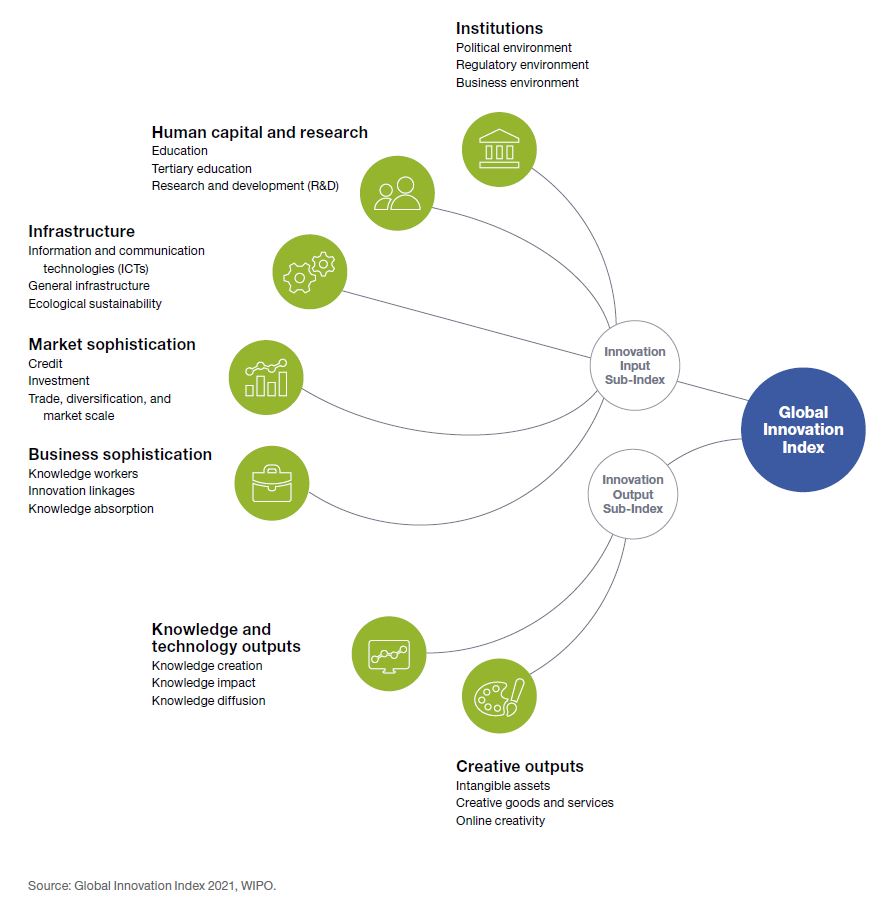|
GII (other)
GII or ''variation'', may refer to *Gemmological Institute of India *Global Information Infrastructure *Global Innovation Index * Guyana Islamic Institute *Gender Inequality Index *Siguiri Airport, Guinea (by IATA code) *Grumman Gulfstream II The Gulfstream II (G-II) is an American twin engine business jet designed and built by Grumman and then in succession, Grumman American and finally Gulfstream American. Its Grumman model number is G-1159 and its US military designation is C-11A. ... (G-II) bizjet See also * * * G2 (other) {{disambig ... [...More Info...] [...Related Items...] OR: [Wikipedia] [Google] [Baidu] |
Gemmological Institute Of India
Gemmological Institute of India is a gemmology training school in Mumbai, India. Description The Gemological Institute of India (GII) is a non-profit school in Mumbai that conducts courses on gemmology. It was founded in April 1971 by the Gem and Jewellery Exporters' Association, Bombay. It offers diplomas for gemmology and diamond grading, and courses on jewellery design, pearls and bead stringing, diamond casting, and craftsman training. The school courses enable students to take the certification of Fellow of Gemmological Association (FGA) examination of the United Kingdom. It publishes a quarterly publication called ''Indian Gemmologist''. The GII is recognized by CIBJO which is an international confederation of jewellery trading industry that harmonizes standards set by gem testing laboratories. History The GII established India's first Gem Testing Laboratory in 1971, and started India's first Gemmology course in 1974. It started its Research and Development Laboratory in ... [...More Info...] [...Related Items...] OR: [Wikipedia] [Google] [Baidu] |
Global Information Infrastructure
An information infrastructure is defined by Ole Hanseth (2002) as "a shared, evolving, open, standardized, and heterogeneous installed base" and by Pironti (2006) as all of the people, processes, procedures, tools, facilities, and technology which support the creation, use, transport, storage, and destruction of information. The notion of information infrastructures, introduced in the 1990s and refined during the following decade, has proven quite fruitful to the information systems (IS) field. It changed the perspective from organizations to networks and from systems to infrastructure, allowing for a global and emergent perspective on information systems. Information infrastructure is a technical structure of an organizational form, an analytical perspective or a semantic network. The concept of information infrastructure (II) was introduced in the early 1990s, first as a political initiative (Gore, 1993 & Bangemann, 1994), later as a more specific concept in IS research. For th ... [...More Info...] [...Related Items...] OR: [Wikipedia] [Google] [Baidu] |
Global Innovation Index
The Global Innovation Index is an annual ranking of countries by their capacity for, and success in, innovation, published by the World Intellectual Property Organization. It was started in 2007 by INSEAD and ''World Business'', a British magazine. Until 2021 it was published by the World Intellectual Property Organization, in partnership with Cornell University, INSEAD, and other organisations and institutions,. It is based on both subjective and objective data derived from several sources, including the International Telecommunication Union, the World Bank and the World Economic Forum. History The index was started in 2007 by INSEAD and ''World Business'', a British magazine. It was created by Soumitra Dutta. Methodology The index is computed by taking a simple average of the scores in two sub-indices, the Innovation Input Index and Innovation Output Index, which are composed of five and two pillars respectively. Each of these pillars describe an attribute of innovation, ... [...More Info...] [...Related Items...] OR: [Wikipedia] [Google] [Baidu] |
Guyana Islamic Institute
Islam in Guyana is the third largest religion in the country after Christianity and Hinduism, respectively. According to the 2002 census, 7.3% of the country is Muslim. However, a Pew Research survey from 2010 estimates that 6.4% of the country is Muslim. Islam was first introduced to Guyana via slaves from West Africa, but was suppressed on plantations until Muslims of India, Pakistan and Afghanistan were brought to the country as indentured labor. The Islamic holidays of Eid al-Adha, Eid al-Fitr and Mawlid (the birthday of Muhammad) are nationally recognized in Guyana. History As with most South American countries, Islam spread to Guyana through the transatlantic slave trade. Mandingo and Fulani Muslims were brought from West Africa to work as slaves in Guyana's sugar plantations. However, the oppressive conditions of slavery in the colony led the practice of Islam to essentially disappear until 1838 when 240,000 South Asians were brought from modern-day India, Pakistan and ... [...More Info...] [...Related Items...] OR: [Wikipedia] [Google] [Baidu] |
